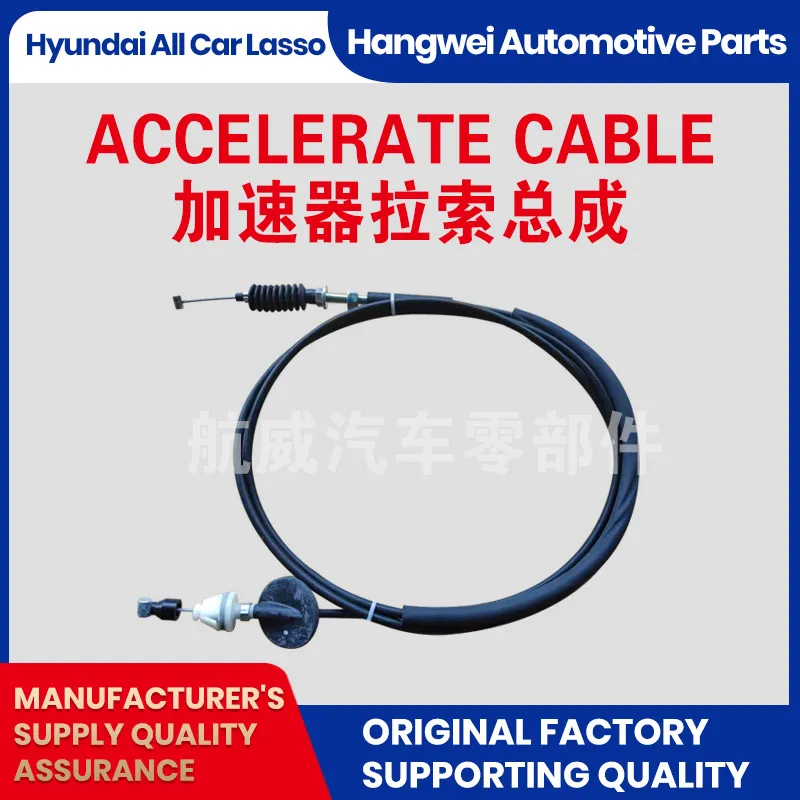hydraulic clutch pipe
Understanding Hydraulic Clutch Pipes Essential Components for Smooth Driving
Hydraulic clutch systems have revolutionized the way we operate manual transmissions in modern vehicles. One of the critical components of these systems is the hydraulic clutch pipe, which plays a crucial role in ensuring that the clutch engages and disengages efficiently. This article explores the functionality, components, and importance of hydraulic clutch pipes in automotive technology.
What is a Hydraulic Clutch System?
Before delving into hydraulic clutch pipes, it is essential to understand the hydraulic clutch system itself. Unlike the traditional cable-operated clutch systems, hydraulic systems utilize fluid mechanics to transfer force. When the driver presses the clutch pedal, hydraulic fluid is pushed through pipes and hoses, activating the slave cylinder, which then disengages the clutch plate from the engine flywheel. This allows the driver to change gears smoothly without the strain typically experienced in a manual system.
The Role of Hydraulic Clutch Pipes
The hydraulic clutch pipe, also known as the hydraulic line or hose, serves as the conduit for hydraulic fluid between the master cylinder and the slave cylinder. Typically made from durable materials, these pipes must withstand high pressure and potential wear and tear from the heat generated during operation. They ensure that the fluid can flow freely, enabling efficient transmission of force.
Construction and Design
Hydraulic clutch pipes are designed with specific considerations in mind, including
hydraulic clutch pipe

- Material Most hydraulic clutch pipes are constructed from high-quality rubber or reinforced synthetic materials that can handle high pressure. Some applications may use stainless steel braided hoses for added durability and resistance to abrasion.
- Diameter The diameter of the clutch pipe is critical. A larger diameter allows for more fluid flow, which can provide quicker response times in disengaging or engaging the clutch. However, it must be balanced with the overall design and purpose of the hydraulic system.
- Length The length of the hydraulic pipe can vary depending on vehicle design. Longer pipes may introduce challenges such as increased chances of kinks or bends that could impede fluid flow. Therefore, manufacturers carefully measure and design the piping for optimal performance.
Importance of Maintenance
Like all automotive components, hydraulic clutch pipes require regular inspection and maintenance. If a pipe develops a leak, it can lead to a loss of hydraulic fluid, resulting in clutch failure. Symptoms of a failing hydraulic clutch pipe may include difficulty engaging or disengaging the clutch, unusual noises when pressing the clutch pedal, or a spongy or unresponsive pedal feel.
Regular checks for signs of wear, such as cracking, bulging, or corrosion, can help prevent catastrophic failures. If any issues are detected, the pipe should be replaced immediately to ensure the smooth operation of the clutch system.
Conclusion
Hydraulic clutch pipes are vital for the efficient operation of modern vehicles equipped with manual transmissions. Their ability to transfer hydraulic fluid effectively ensures that drivers can smoothly engage and disengage the clutch, enhancing the overall driving experience. Understanding the function and significance of these pipes aids in better vehicle maintenance and performance. As automotive technology continues to evolve, the importance of reliable components like hydraulic clutch pipes remains fundamental to driving safety and efficiency. Thus, ensuring their proper care can make a significant difference in a vehicle's longevity and operational quality.
-
Upgrade Your Vehicle with High-Quality Handbrake CablesNewsNov.01,2024
-
Optimize Your Bike's Performance with Quality CablesNewsNov.01,2024
-
Enhance Your Vehicle's Performance with Quality Clutch ComponentsNewsNov.01,2024
-
Elevate Your Vehicle's Performance with Quality Throttle CablesNewsNov.01,2024
-
Elevate Your Vehicle's Performance with Quality CablesNewsNov.01,2024
-
Affordable Solutions for Your Cable NeedsNewsNov.01,2024
